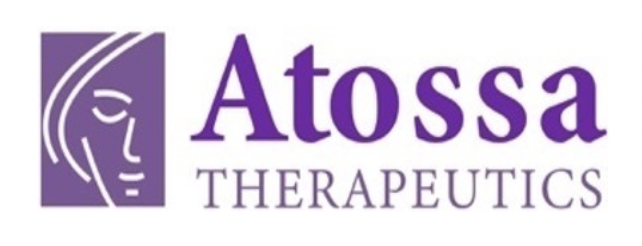SEATTLE, WA / ACCESSWIRE / July 12, 2023 / One in eight women will be diagnosed with breast cancer during their lifetime. However, breast cancer does not affect all women in the same way, and individual physiology plays a huge factor. Women with dense breast tissue face a higher risk of developing breast cancer and being diagnosed with later-stage disease. Dense breast tissue refers to the presence of more glandular and fibrous tissue than fatty tissue, which can make it more difficult to detect abnormalities on a mammogram. This poses a significant challenge for early detection, as mammograms may not capture small tumors or early signs of cancer in dense breast tissue. As a result, women with dense breasts may receive a later diagnosis - when the cancer has potentially progressed to more advanced stages.

The global breast cancer treatment market was worth $31.9 billion in 2022 and is expected to reach a value of $85.5 billion by 2032, growing at a compound annual growth rate of 10.3% over the ten-year period. 50% of women have dense breast tissue, and as such there is a significant unmet need.
This represents a clear treatment gap that needs to be addressed to help more women with early detection, prevention and treatment of breast cancer. To close this gap, it is crucial to not only improve screening techniques and protocols specifically tailored to women with dense breast tissue but to provide effective treatment to women with denser breast tissue. Atossa Therapeutics (NASDAQ:ATOS) is working hard to do just that.
Atossa has developed a patented chemical process and composition of matter for (Z)-endoxifen, a drug with potential applications in breast cancer treatment. This unique process enhances the stability of (Z)-endoxifen, ensuring its effectiveness when stored on the shelf. Additionally, Atossa has created a patented oral enteric capsule formulation of (Z)-endoxifen, which prevents capsules from dissolving when they pass through the stomach - preventing the breakdown of the endoxifen and delivering higher therapeutic levels in the bloodstream.
These capsules - currently available in 1 mg, 10 mg and 40 mg doses - are being evaluated to both prevent and treat breast cancer. The prevention setting is focused on reducing breast density, which would allow for earlier detection, but also reduce the incidence of the disease as breast density is a strong, independent predictor of breast cancer risk. In the treatment setting, the drug is being evaluated as a neoadjuvant treatment, which means it's being tested to determine its effectiveness in shrinking tumors before surgery.
Atossa's (Z)-endoxifen has undergone extensive nonclinical studies and has also been studied in four completed phase 1 or 2 studies, where it was administered at doses ranging from 1 mg/day to 4 mg/day. These studies have shown that (Z)-endoxifen has an acceptable safety profile, which means that it can be used without significant adverse effects. So far, Atossa's (Z)-endoxifen shows promise as a potential treatment option for breast cancer, and further research is underway to explore its effectiveness and safety in larger trials.
When looking at the drug's wider application, it is possible that it could also be used in the adjuvant setting - which is treatment after surgery, often for up to five years. Additionally, preliminary studies have shown that (Z)-endoxifen might be more effective with less adverse side effects than AstraZeneca's drug, Tamoxifen. (Z)-endoxifen is stronger than treatment options like Tamoxifen and can reach therapeutic levels in the bloodstream more easily while potentially destroying cancer-inducing estrogen receptors.
Atossa is a well-funded company that seems well-positioned to address the significant unmet need of breast cancer patients with elevated breast density. As breast cancer is the second leading cause of cancer death in American women, the company's drug pipeline is a great step toward the advancement of breast cancer treatment.
Featured photo by Susan G. Komen 3-Day on Unsplash.
Contact:
Eric Van Zanten
[email protected]
SOURCE: Atossa Therapeutics




